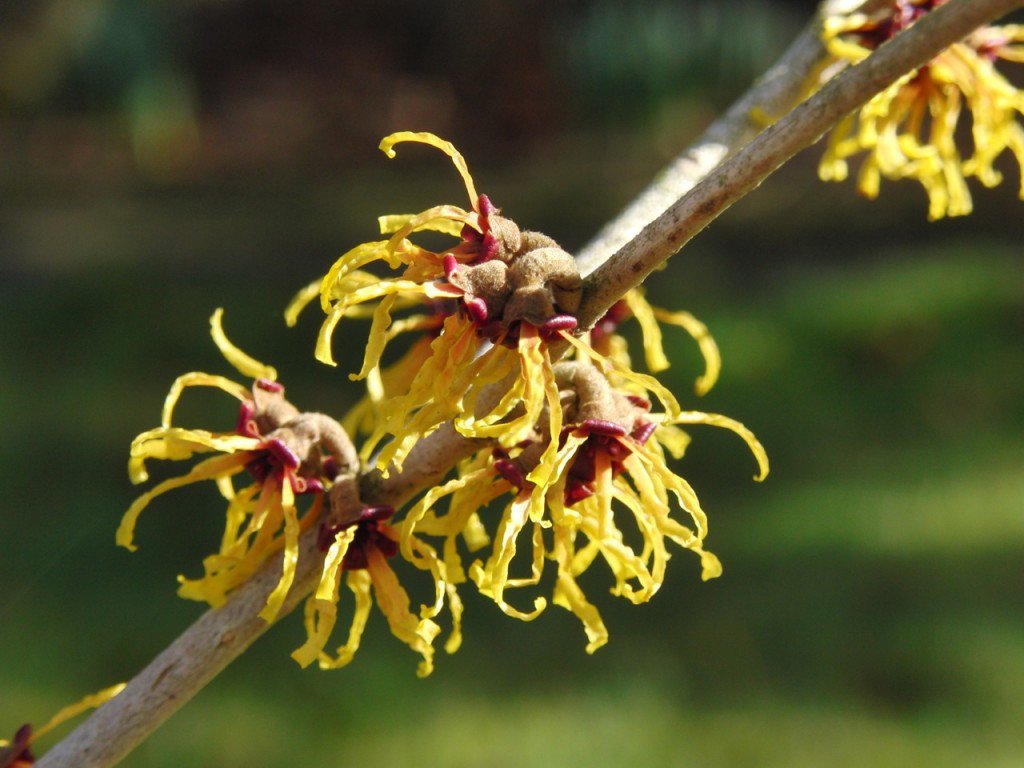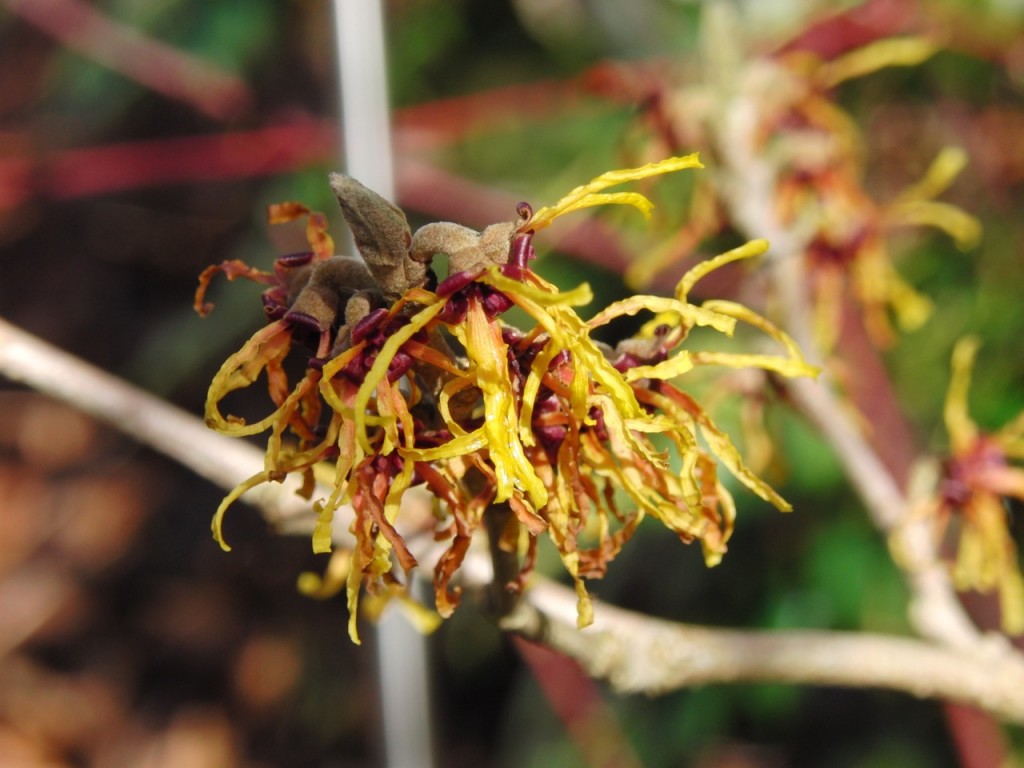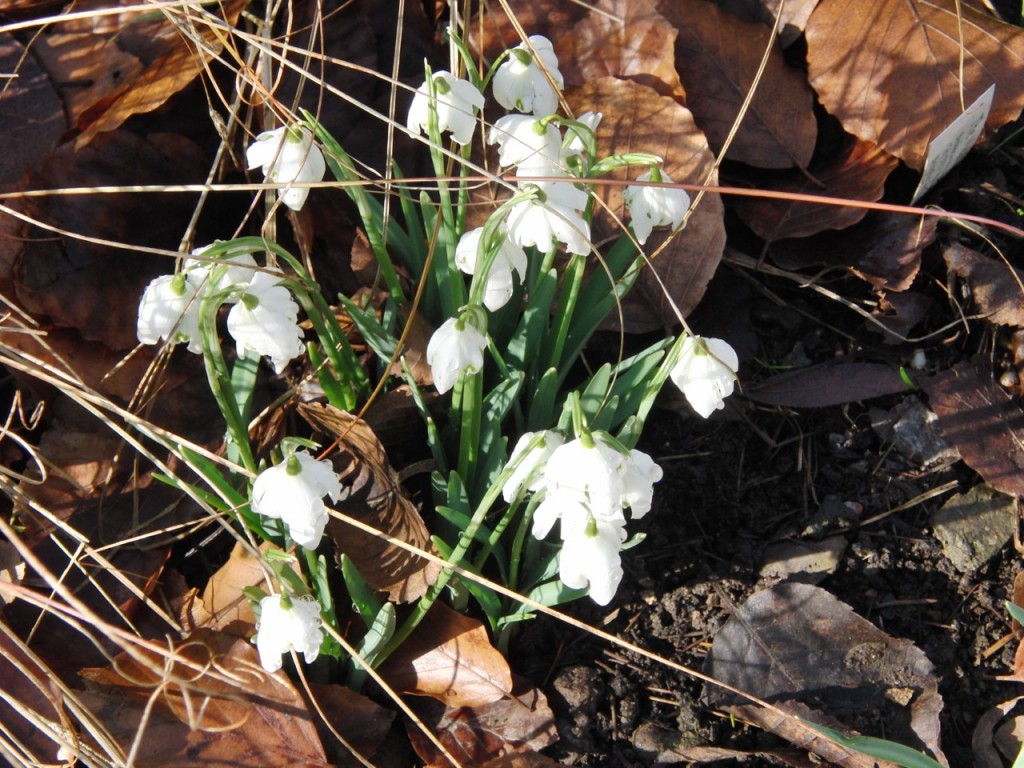
Nurturing precious plants is just one of the delights of the winter greenhouse. But when you are intent on the three R’s, (reducing, reusing and recycling), heating the greenhouse is just not an option.
You wouldn’t have a single glazed room in your house, exposed on all sides to the elements, with a concrete floor and then install a radiator. It just wouldn’t conform to the green credentials of modern living. So I can’t bring myself to heat the greenhouse. That means some of my precious, frost tender plants are at risk. Most have a “hardy to -10C” safety net, but in our neck of the woods that’s not always enough and for those that turn up their toes at the sight of frost, well the garden equivalent of Thunderbirds steps in for rapid rescue. When sub zero temperatures threaten a few of the susceptibles are smuggled into the house until the weather improves.
Weather Watch
I couldn’t bear to lose my Salvia leucantha ‘Purple Velvet’, which will thrive in a cool conservatory, but not in my unheated glasshouse. So it’s been on a dramatic, restrictive water rationing regime and has spent a few days indoors. The rest of the greenhouse plants are taking their chances unless there is a huge drop in temperature. The encliandra fuchsias have been propagated en masse and are flowering merrily in the cool damp greenhouse. They love the low light levels of mid winter. I can’t wait to pot them all up and give them away to my garden loving friends. They are great for bees, so the perfect way to spread bee forage plants around the gardening community.

Pest Control
There are benefits to this strict cold greenhouse regime. The low temperatures over the winter will reduce pests (and beneficial insects) lurking in the cracks and crevices, but I’m hoping a few of my captive ladybirds will survive the cold snap in the sheltered greenhouse environs. They do need food though and without a tasty menu of fat aphids they may starve in their protected enclosure. But since the greenhouse is spray free, it’s a pretty safe bet that there will be aphids galore as the temperature rises, so they’ll be feasting their hearts out and keeping my precious plants pest free.
Bird Care
It’s a timely lesson to those who brandish the chemical sprays. Kill all the pests and you break the food chain and those beneficial creatures that rely on aphids, plump slugs and snails and tasty snacks of chafer grubs and leatherjackets, may just struggle to survive. The birds in particular rely on insects of all sorts as a source of food. Of course they may find other things to eat, but they may have to expend so much more extra energy to do so it might just be too much. Our garden foes are food for something; so instead of splashing out on a toxic bug killer, spend your money on wildbird food, bird boxes and a water bath. Support your garden wildlife, use your greenhouse to grow flowers and plants that provide shelter and food for all creatures great and small and make sure there is a shallow, fresh water supply always in your garden.
Signs of Spring
There are wonderful signs of spring in the garden and greenhouse despite the January gloom. The greenhouse snowdrops are almost in flower and those in the garden are pushing strongly through the soil. The garden witch-hazel is in full bloom, along with the butter yellow flowered Mahonia and soft pink Viburnum bodnatense ‘Dawn’, all of these are nectar rich and perfect forage for foraging honeybees braving a warm spell or emerging bumblebees looking for sustenance. It’s solace on the gloomy days and heralds brighter things ahead as the daylight once again returns.



